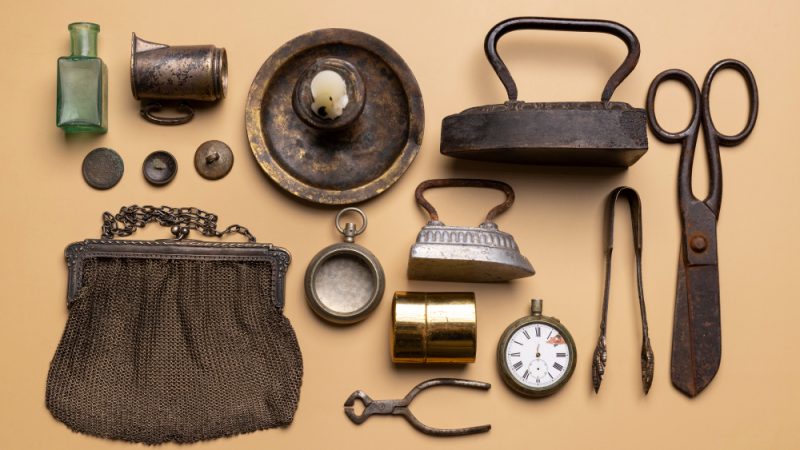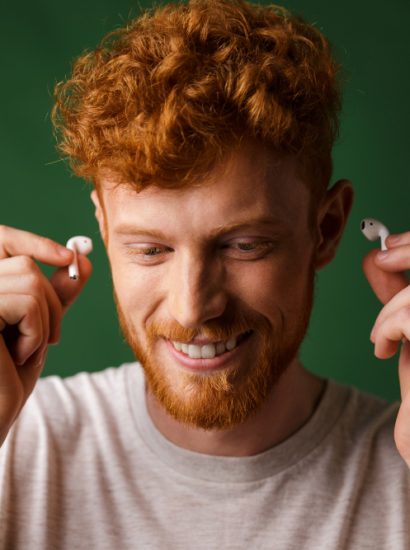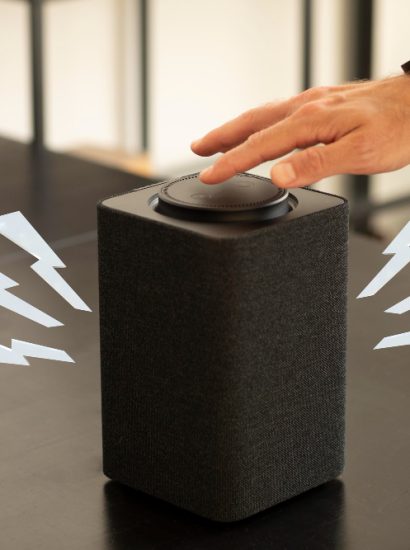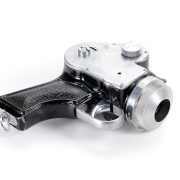The pocket watch has long been a symbol of craftsmanship, precision, and elegance. From the Victorian era to modern collectors’ displays, these timepieces hold a timeless charm. Unlike wristwatches, pocket watches often showcase intricate details and mechanical artistry that invite curiosity about their design.
Understanding the parts of a pocket watch helps enthusiasts, collectors, and repairers appreciate the artistry behind each tick. This guide explores the main components, their functions, and how they come together to form a functioning timepiece.
The Pocket Watch Case
The case is the outer shell that protects the internal mechanisms. It comes in several styles:
- Open-face case: No cover over the dial, leaving the face exposed.
- Hunter case: A spring-hinged metal cover protects the dial.
- Half-hunter case: Features a small window to read time without opening.
Function: Protects the delicate inner parts while offering aesthetic appeal. Cases are often made from gold, silver, or nickel alloys.
The Watch Dial (Face)
The dial is the front surface displaying the time.
- Hour markers: Roman or Arabic numerals, sometimes decorative symbols.
- Hands: Indicate hours, minutes, and sometimes seconds.
- Sub-dials: Found in chronograph or railroad pocket watches for precision timing.
Function: Provides a readable interface for telling time while reflecting the watchmaker’s design artistry.
The Crystal
The crystal is the transparent cover protecting the dial.
- Materials: Glass, acrylic, or synthetic sapphire.
- Shapes: Domed or flat, depending on design.
Function: Shields the dial and hands from dust, scratches, and moisture while allowing clear visibility.
The Crown and Stem
The crown is the small knob usually found at the 12 o’clock or 3 o’clock position.
- Stem: Connects the crown to the movement inside.
- Winding: Turning the crown winds the mainspring.
- Setting time: Pulling the crown adjusts the hands.
Function: Acts as the manual interface for winding and setting the watch.
The Bow
The bow is the curved metal loop at the top of the pocket watch.
- Attachment: Allows the watch to be secured with a chain or fob.
- Function: Prevents accidental drops while keeping the watch accessible.
In historical contexts, the bow also signified wealth, as ornate chains were fashion statements.
The Movement (Heart of the Watch)
The movement is the engine that drives the watch. It can be:
- Mechanical (manual wind): Powered by a mainspring that must be wound.
- Mechanical (automatic): Self-winding via a rotor’s motion (less common in pocket watches).
- Quartz: Battery-powered with a quartz crystal regulator.
Function: Controls timekeeping through energy transfer and regulation.
The Mainspring
The mainspring is a coiled spring housed inside the barrel.
- Energy source: Stores potential energy when wound.
- Power release: Gradually unwinds, releasing energy to the gear train.
Function: Provides the mechanical force necessary to run the watch. Without the mainspring, no movement is possible.
The Gear Train
The gear train transfers energy from the mainspring to the escapement.
- Components: Center wheel, third wheel, fourth wheel, and escape wheel.
- Ratios: Carefully calculated to move hands accurately.
Function: Reduces mainspring energy into controlled rotations, moving the hands at precise intervals.
The Escapement and Balance Wheel
Often referred to as the “beating heart” of the watch.
- Escapement: Controls the release of energy in ticks.
- Balance wheel: Oscillates back and forth, regulating timing.
- Hairspring: Works with the balance wheel to maintain rhythm.
Function: Ensures consistent timekeeping by regulating the flow of energy.
The Back Cover
Pocket watches usually feature hinged or screw-on back covers.
- Solid back: Conceals movement, often engraved with initials or designs.
- Exhibition back: Transparent glass allows viewing of the movement.
Function: Protects the inner workings while sometimes offering a glimpse of the craftsmanship within.
Conclusion
A pocket watch is much more than a device for telling time—it is a piece of engineering art. From the case and crystal that protect it, to the gears and escapement that keep it ticking, every part has a distinct role and history. Understanding these components not only enhances appreciation but also aids collectors and enthusiasts in maintaining their treasured timepieces.
Pocket watches remain symbols of precision, elegance, and heritage—reminders of an era when timekeeping was as much about artistry as function.
FAQs
1. What are the three main parts of a pocket watch?
The most essential parts are the case, the dial (with hands), and the movement (internal mechanism).
2. How does a pocket watch keep time?
Energy stored in the mainspring is transferred through the gear train to the escapement and balance wheel, which regulate the ticks.
3. Can pocket watch crystals be replaced?
Yes, crystals made of glass or acrylic can be replaced if scratched or broken. Collectors often prefer authentic replacements.
4. Why do some pocket watches have two covers?
Hunter-case watches have both front and back covers for extra protection. The back cover also provides access to the movement.
5. What makes antique pocket watches valuable?
Rarity, brand, case material (like gold or silver), movement complexity, and historical provenance all influence value.
Also read: Snow White Coffin: Meaning, Symbolism & Fairy Tale Origins









